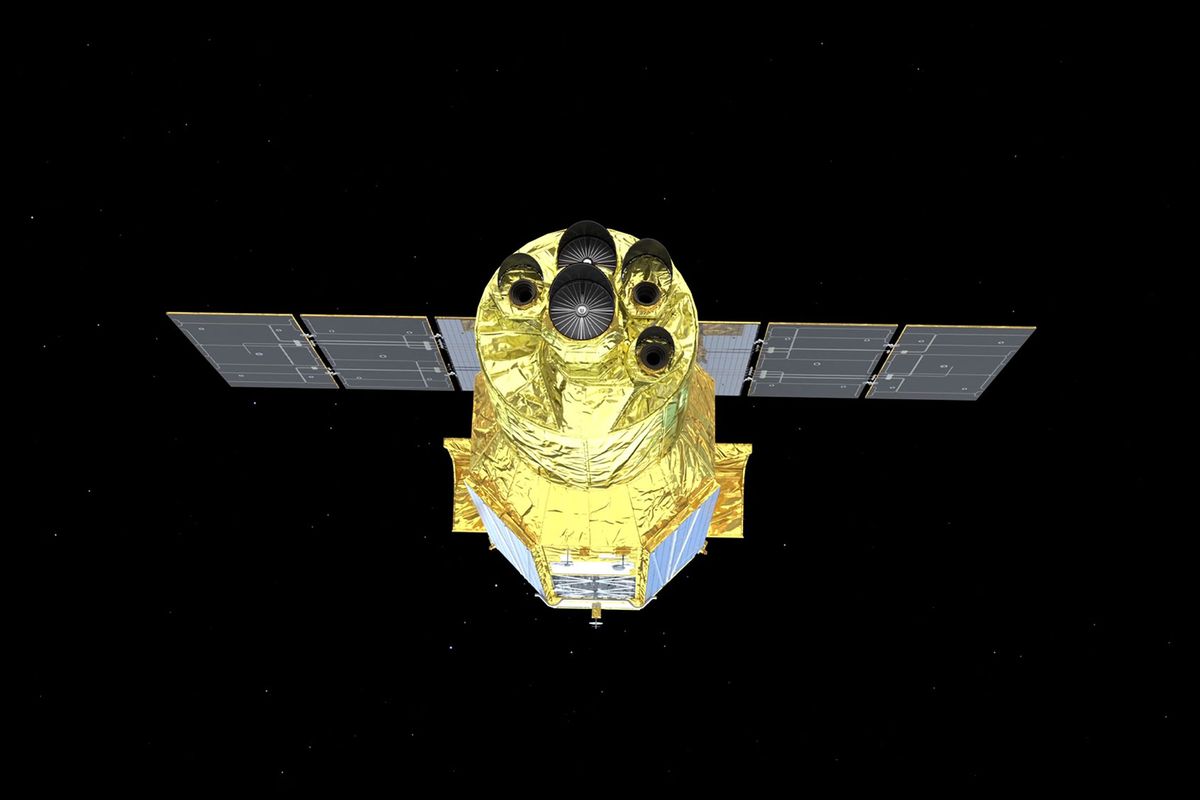The two space agencies of Japan and the United States are prepping for a major launch Saturday, August 26, that promises to fundamentally alter our perspective of the cosmos. Exploding stars, near-light-speed particle jets powered by black holes, wildly swirling galaxy clusters — humanity is about to get an unprecedented view of some of the hottest and most extreme objects in space thanks to the XRISM initiative (X-ray Imaging and Spectroscopy Mission, pronounced “crism”).
XRISM, a collaboration between NASA and JAXA (Japan Aerospace Exploration Agency), features a telescope named Resolve that is a microcalorimeter spectrometer, which is an instrument actually colder than the iciest known locations in the universe. It can measure the unique “fingerprints” of X-ray energies from observed objects, later creating visible color spectra out of the invisible, an astonishing range of X-rays (from 400 to 12,000 electron volts), which can unveil the evolution of the universe and the structure of spacetime, for example, by observing supermassive black holes at the center of galaxies.
“With current instruments, we’re only capable of seeing these fingerprints in a comparatively blurry way,” said Brian Williams, NASA’s XRISM project scientist at Goddard, in a NASA release. “Resolve will effectively give X-ray astrophysics a spectrometer with a magnifying glass.”
The enormous range of the telescope’s targeted cosmic temperatures appears in this fascinating NASA graphic. Its illustrated temperature scale actually tops out with the Large Hadron Collider at an eye-popping 9.9 trillion degrees Fahrenheit — the hottest temperature ever recorded — making our own sun’s 5.4 million-degree Fahrenheit solar corona seem quite chilly by comparison. If you need seven minutes of eye-bulging space wonderment in your life, you can hop over to NASA’s fascinating spectroscopy explainer on YouTube and indulge in the agency’s dazzling galactic imagery. Or you can take a cruise through some of the most stunning photos captured so far by the James Webb Space Telescope before pondering the mind-blowing possibilities of the “dark universe” space telescope known as Euclid.

